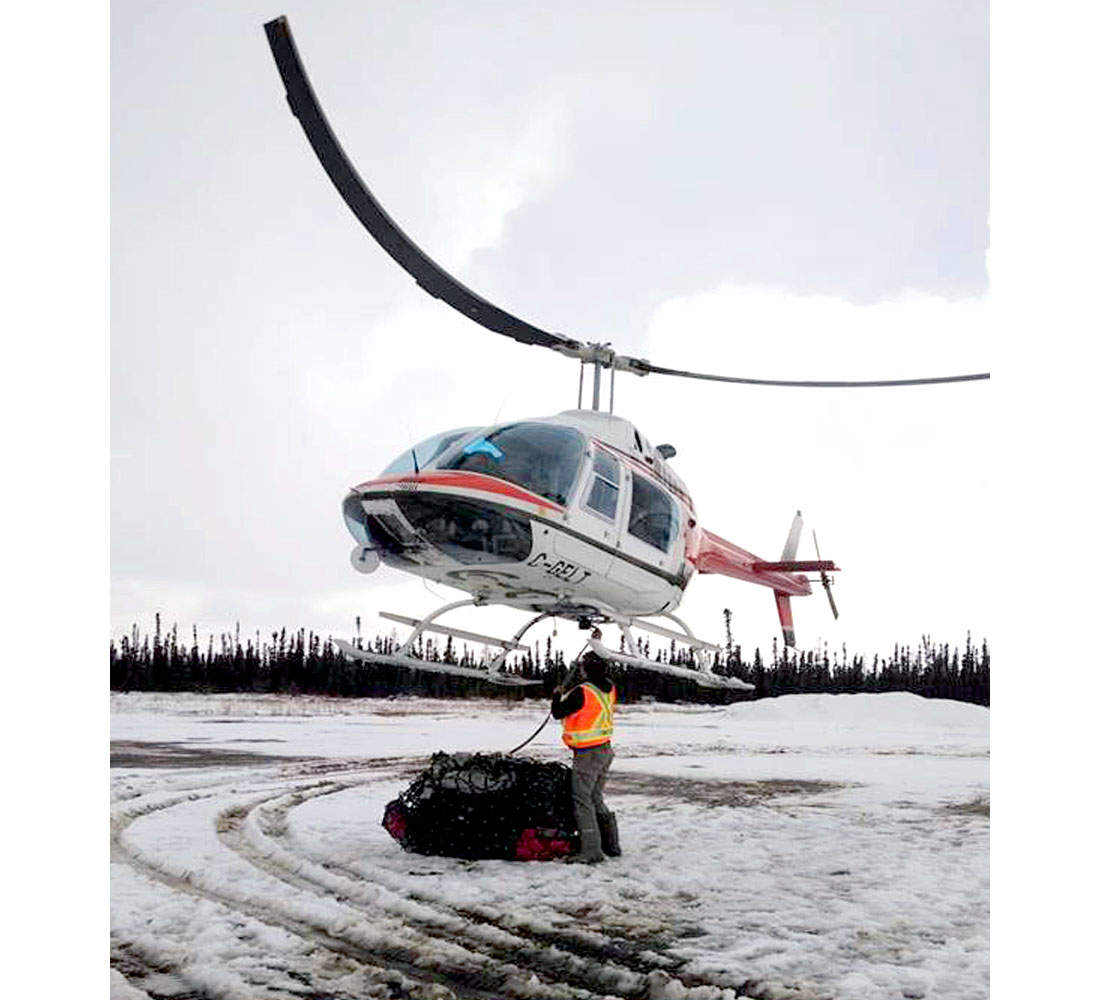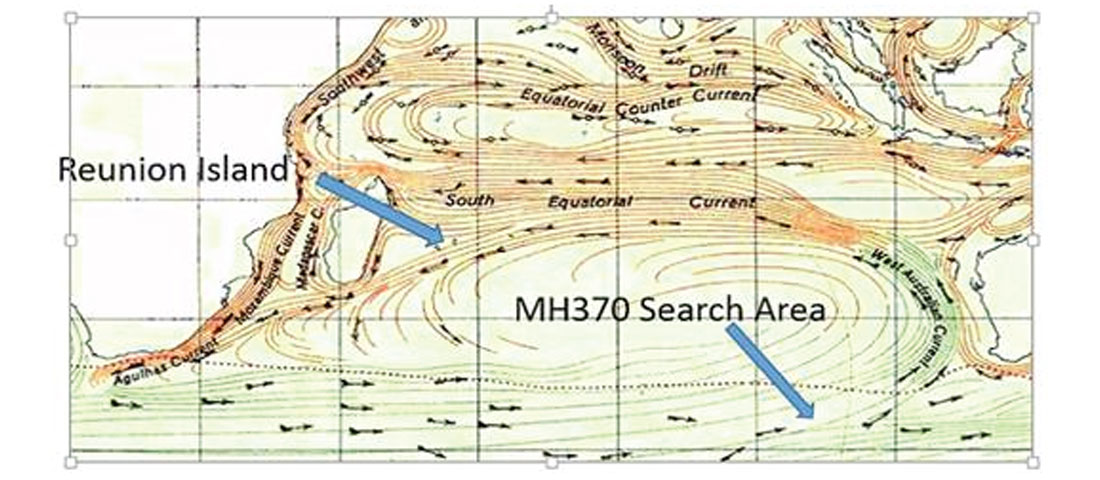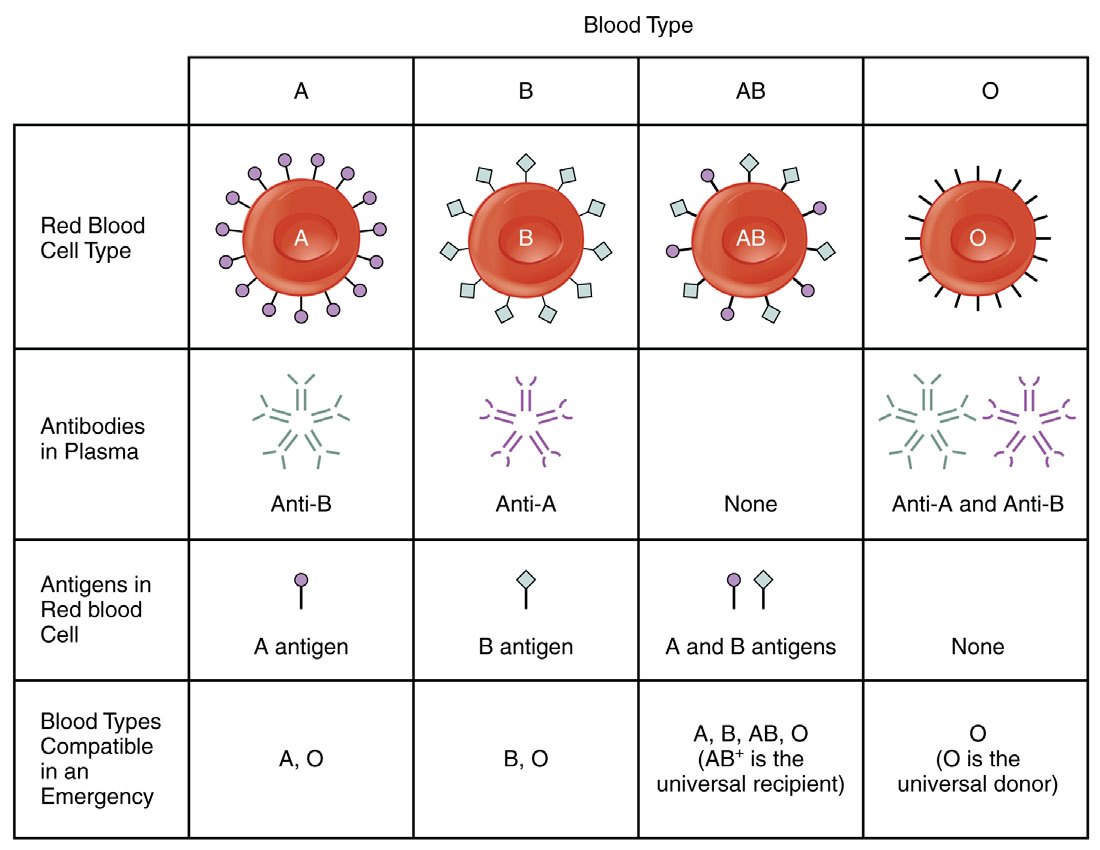Sometimes reader feedback leads to interesting dialogs. Two recent exchanges on DSLR cameras and ocean currents are worth sharing. First though, I want to apologise to all Cheeseheads. In Figure 1a from the Great Lake(s) article, I forgot to label the Green Bay lobe of the Laurentide Ice Sheet – its location overlies present day Green Bay.
DSLR Cameras – Follow Up
In response to the DSLR article, REORDER Editor Penny Colton asked a very good question. Her Nikon D90 uses a CMOS, and has a fastest shutter speed of 1/1000 second. She wondered how that is possible, given that I’d stated that the time a CMOS takes to scan is ~ 1/50 second.
Digging into this I found that my number of 1/50 sec. is a bit out of date. Modern CMOS sensors scan quicker than that. For example, a QImaging optiMOS sensor takes 8.7μs to read one row, or about 10 ms (or 1/100 sec.) to complete all 1048 scans. Obviously, this is still 10 times longer than 1/1000 of a second. How is a shutter speed of 1/1000 sec. achieved?
With the rolling shutter system used in a CMOS sensor, if you set the shutter speed at 1/1000 sec., then the first row scan converts light to volts from time zero to 0-1/1000, the second row from time 1/1000 to 2/1000, and so on. In the article I did not delve into this deeply due to limited space, but this involves electronic shutters which are fundamental to CMOS sensors. As soon as you reset a row each pixel starts to integrate the light it receives. Upon this reset and integration – in this case after 1/1000 sec. – the accumulated values are sent out as digits, then the second row is reset, and so on. Thus each pixel receives light for 1/1000 sec., but this happens at different times for each row. Because exposure time can be determined electronically, a mechanical shutter is not really required, only a mechanical aperture. However, I believe there are certain advantages to a mechanical shutter so most cameras opt to use the mechanical shutter when possible for stills, and always use the electronic shutter for video. But I imagine there are all kinds of differences between models and makes. I suspect the camera manufacturers understand that the satisfying cachunk of the shutter closing is part of the photography experience, and enhance it, much like sports car exhaust systems are tuned to sound “better” with no gain in performance. A totally quiet electronic shutter would not be the same.
You could say that CMOS-derived images are three dimensional, with the extra dimension being time – each strip of the final image is a bit later than the previous so the image is actually a diagonal slice through time. This explains the distortions seen in some CMOS images taken of moving objects. Rotating helicopter blades are a classic example. Figure 1 is from a recent Quantec project, and the curved distortion of the rotors is clearly evident.

In video mode, especially at high frame rates, or with bursts of stills, as soon as the first row is scanned, it starts scanning for its second sample, it doesn’t wait until all the other rows are finished their first scans i.e. while first scans on the later rows are still happening, the second scans on the earlier rows have already started, and so on. This provides a high level of continuity, but counterintuitively smeared between frames.
Ocean Currents – Follow Up
Daniel Perez was curious about the effect of global warming on ocean currents, the link between ocean upwelling and bad weather and its impact on flight paths, such as that of Malaysian Air flight 370. John Bancroft also raised the connection between flight MH370 and ocean currents, but in the context of locating the wreckage.
Global warming undoubtedly has an effect on ocean currents, and vice versa, as the weather and ocean currents are inextricably linked. I would guess that initially, as polar ice melting increases, the added fresh water would reduce the density of formerly very saline Arctic and Antarctic waters, slowing down the sinking effect that drives the ocean currents. Once the ocean current patterns changed, then weather patterns would change as well, including seasonal winds, rains, etc. But I think that the mechanisms involved are extremely complex and it would be very hard to predict. I know that many people feel weather is becoming more extreme as a result of global warming, and so perhaps these unpredictable changes are already happening, but I tend to be skeptical and ascribe a lot of this to increased awareness of weather due to intense media coverage. There is no shortage of extreme weather events in the historical record. But we do know that the world’s climate has changed drastically many, many times over the eons, and so perhaps what we are living in right now is what a climate change episode looks like.
John Bancroft is originally from Perth, Australia, and so is familiar with the history and natural features of that part of the world, including winds and currents. He related how back when maritime trade relied on wind power (note, I’m not saying John is that old!), ships from Europe with ballast in their holds would head south along the west coast of Africa, round the Cape of Good Hope, then catch the winds of the “Roaring Forties” for a fast but often hairy run to Australia. From there they would head north to Asia to stock up on spices, tea, and all the other desirable products of the Orient. The ballast was often rocks, and these were used to build roads, walls, breakwaters and the like in colonial outposts. Because of this, shipwrecks from that era off the west coast of Australia rarely have anything interesting in their holds.

In the search for the modern day wreckage of MH370, it is often mentioned how the searchers can use prevailing ocean currents to predict where the debris is most likely to be found (Figure 2). But John highlighted the fractal nature of ocean currents, and how the closer you look, the more complex the currents really are. Figures 3a and 3b show how different the Indian Ocean’s currents can be just half a year apart. Check out mashable.com/2015/07/29/indian-ocean-currents-mh370-debris/ for more on this topic.
Thanks Penny, Daniel and John!

Blood Types
And now the main, short, article! After writing this I know just a bit about blood types, probably enough to pass as knowledgeable at a party, which to me represents the maximum amount of information you need to possess on any topic, unless it’s critical to your survival (which this topic might be?)
Blood is categorized based on the types of antigens found on the surface of the red blood cells (RBC’s). Antigens are substances (mostly proteins, plus carbohydrates, glycoproteins, and glycolipids) that cause a host body’s immune system to produce antibodies in reaction. While usually antigens originate from outside the host, in the case of RBC antigens they are created by the host and inherited from the host’s parents. There are approximately 600 different known RBC antigens, but most are very rare. Note that our bodies do not create antibodies in reaction to our own blood’s antigens (more on that later).
Referring now to just humans (but when it comes to blood, most aspects are the same for monkeys and other apes, meaning the blood types had evolved prior to any evolutionary split, say 20 million years ago), the situation is somewhat simplified because the RBC antigens tend to come in clusters, many determined by a small number of alleles. These antigen clusters are categorized under the term blood group system. An allele is a variant gene, one that can come in a variety of forms – it’s like a car feature with options, e.g. you have to choose between leather, fabric or velour seat covers – a genetic option so to speak. Humans are diploid organisms meaning that each of our chromosomes is made up of two genes (including alleles), one from the mother and one from the father, so it’s not really optional, given we can’t choose our parents! In our DNA we have a small number of specific alleles, which together determine 35 known blood group systems. Of these 35 systems, the two most important in classifying blood are the ABO and RhD systems. The blood types we are familiar with are based on each person’s ABO and RhD systems – the former can be A, B, AB, or O and the latter +, -, or null. In the case of the ABO system, there are 3 alleles involved, giving 6 possible combinations (3 * 2 parents). So to be clear, 6 alleles in each of us, inherited from both our parents, determine whether we have the A, B, AB, or O antigens in the ABO blood group system, and other specific alleles determine whether we have the +, -, or null antigens in the RhD system. And so on for the other 33 systems, but when blood types are being referred to it is usually only the ABO and RhD systems that are considered.
In one Murdoch Mysteries episode, competitive cyclists die mysteriously, and Murdoch figures out it’s due to their primitive use of performance enhancing blood transfusions. Why is death due to transfusion a risk? Aren’t we all the same species? Well, if an A type body receives B blood (or vice versa), the A body’s immune system reacts to the foreign B antigens by sending out antibodies designed to destroy these B antigens. This can result in a number of potentially deadly effects: the red blood cells can be caused to burst, the blood can clot and block arteries and veins, the kidneys in an effort to filter out all the antibodies can become clogged and fail, and the drop in blood clotting factors can result in bleeding from all orifices. On the other hand, O blood shares antigens with both A and B, so it is not perceived as being foreign by A or B type bodies, and so there is no immune response. There is considerably more complexity to it all, but that describes the simple gist of it. Recent developments hold the promise that we will be able to create O type blood from donated A, B, and AB blood by stripping away all the antigens. Obviously this would greatly simplify the entire blood donation and transfusion industry, and make it much safer.

The RhD blood type is mainly of concern to fetuses, and is associated with two alleles (D and d). If an Rh- (dd) woman conceives a Dd fetus (which can occur if she mates with an Rh+ (Dd or DD) man), then there is the (rare) risk that her antibodies will cross the placental barrier and destroy her baby’s blood. Interestingly, this will only occur with fetus #2, and become increasingly likely with each successive fetus. This is because small ruptures in the placenta are common during childbirth, allowing small amounts of fetal blood to enter the mother’s body. This stimulates the production of large numbers of Rh+ antibodies, which are then lying in wait for next fetus to come along, and so on.
But why do humans and other species have different blood types, especially from an evolutionary perspective? Science still has no conclusive answers. One possible explanation lies with pathogens that actually exploit blood antigens, for example the novovirus, which thrives by latching on to particular blood type antigens. Our bodies create blood type antigens in places other than blood, for example within our saliva, hair and guts. It is in the latter where the novovirus does its business. Over the eons, species with variations in their blood antigen makeup would have been better able to survive epidemics of such pathogens, as there would always be members with different antigens that the pathogen could not exploit.
This still doesn’t explain why there are blood antigens at all – what use are they? There is a rare type of person with no ABO blood antigens at all, known as the Bombay phenotype, so it’s possible to do without them, so why not? And why are there apparently unexplainable links between certain blood types and certain diseases and cancers? Perhaps there are blood-related genes that give an advantage against one disease but also convey an unfortunate disadvantage or predisposition to others? I’m interested to see if answers are found to these questions, but in the meantime I view the blood types as similar to differences that have evolved in our human world for random reasons, such as some countries driving on the left and others on the right, and some running 110 V 60 Hz power, others 220 V 50 Hz. And I still need to find out what blood type I am…
Postscript: In the latest Murdoch episode (aired March 21, 2016) Murdoch forces a doctor to perform a lifesaving blood transfusion between himself (Murdoch) and his mortally wounded wife Julia. The doctor is baffled by Murdoch’s insistence that their blood types are compatible. The popular TV series is set around 1900, and in this case is historically plausible – Karl Landsteiner at the University of Vienna formally discovered the ABO blood types in 1900/1901, and received a belated Nobel Prize for this in 1930. He also discovered the RhD type, but not until 1937 (confirmed in 1940).











Share This Column